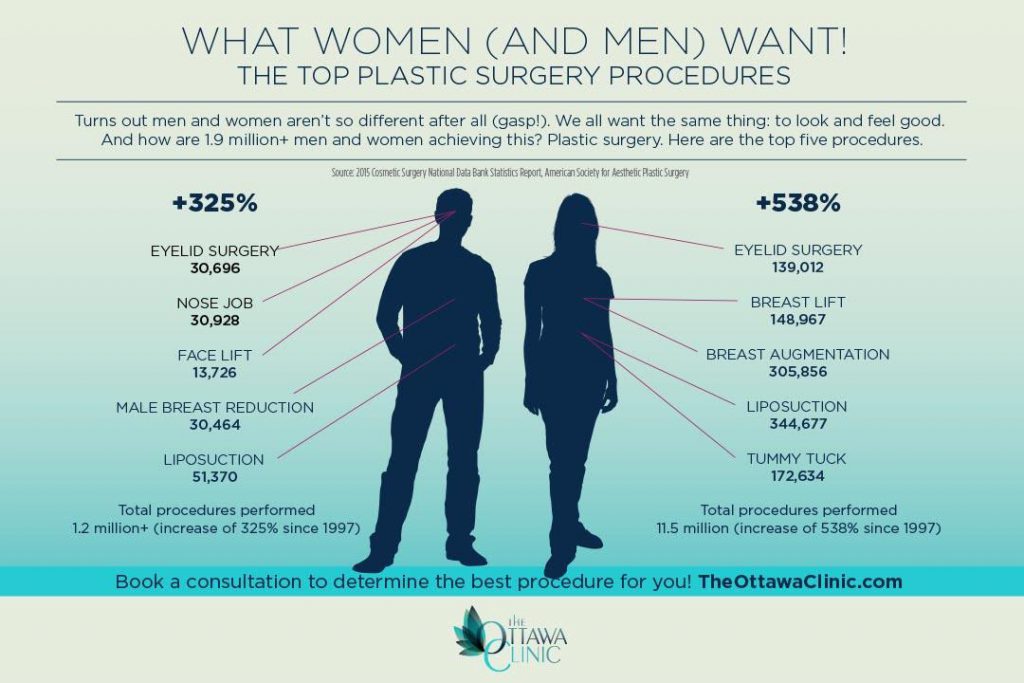Best Diet For Acne Prone Skin
Best Diet For Acne Prone Skin
Blog Article
Sources of Acne on Cheeks
Acne outbreaks in the cheek location are caused by several things, from touching your face frequently to not changing your pillow case frequently enough. Picking at imperfections boosts your risk of infection and scarring, and specific medicines can intensify dark areas (postinflammatory hyperpigmentation).
The good news is, there are numerous means to stop and deal with cheek acne. These consist of:
1. Hormone Changes
Acne is mostly caused by hormones, particularly those created during adolescence and pregnancy. For some, a family history of acne might likewise contribute to their condition. Anything that blocks pores, such as oil-based skin care products or waxy hair products, can trigger acne. Various topical treatments, like benzoyl peroxide and salicylic acid, can combat bacteria and unblock pores. Those with serious or chronic acne should look for treatment from their medical professional.
Prevent touching or pressing your acne, as this can push several of the germs deeper right into the skin, causing a more serious breakout. It is likewise important to alter pillowcases consistently and utilize tidy makeup brushes. You need to additionally attempt to avoid irritants such as rubbing from putting on a helmet or tight collar.
2. Diet plan
The oily, sweet foods that many individuals think trigger acne may really refrain so. Actually, studies have shown that eating a diet plan abundant in entire, nutrient-dense foods helps to avoid breakouts.
Foods high in the glycemic index (such as white bread, corn flakes, blew rice and potatoes, doughnuts and various other breads) elevate blood sugar level degrees quickly, and this can enhance hormones that improve oil manufacturing and bring about acne.
Consuming alcohol cow's milk has also been linked to enhanced acne breakouts. If you are a routine cow's milk drinker, you may wish to attempt changing to low-fat or nondairy choices that are strengthened with calcium. On top of that, consuming alcohol even more water can aid to lower acne due to the fact that it aids to maintain the skin hydrated.
3. Excess Oil
While oil is essential for healthy skin, it can become a problem when too much sebum mixes with dead skin cells and blocks pores. This mix can develop blackheads, whiteheads and acnes. The obstructed pore wall surface can break down and spill microorganisms, dead skin cells and sebum right into bordering skin. This leads to a red bump referred to as a pimple. In jeuveau vs botox some cases these red bumps have pus in the center from a bacterial infection. Larger contaminated bumps that resemble acne are called cysts.
There are several points that can trigger excess sebum and stopped up pores, consisting of hormone fluctuations, diet and daily behaviors. Some instances consist of touching the face often, resting your hand on your cheek, utilizing dirty makeup brushes and not changing pillow cases consistently.
4. Stress and anxiety
If you're taking care of pain pimples or a slew of blackheads and whiteheads, it may be time to talk with a skin doctor. They can suggest a reliable therapy that fits your skin type. Practicing leisure and stress-reduction strategies additionally aids.
Acne can take place in the cheeks because of friction and pressure, such as when an individual touches their face regularly or uses a hat or sports helmet that rubs versus the skin. It can likewise appear where greasy cosmetics and creams scrub against the skin.
Stay clear of pressing acne, as this can press infected material deeper right into the skin and result in scarring. Instead, see a medical professional to learn about preventative therapies like medicine, skin care items and lifestyle modifications. Consuming a healthy diet of entire foods, obtaining seven to 9 hours of rest and utilizing noncomedogenic makeup and skin care products can all help in reducing acne outbreaks.
5. Hair Products
Hair products are not typically taken a root cause of breakouts, yet they can contribute to acne on the cheeks in some individuals. Pomade acne, which is characterized by tiny closed comedones and papulopustules, is commonly brought on by using oily hair products which contain comedogenic ingredients such as particular oils and acetylated lanolin.
Selecting hair products that do not consist of these potentially comedogenic active ingredients is a crucial step towards reducing outbreaks. Likewise, guaranteeing that hair items aren't can be found in contact with the skin can assist avoid breakouts. For example, wearing a headscarf or hood in the evening can limit hair-to-face get in touch with and lower the chance that leave-in hair items will rub off onto the face.
In addition to using a non-comedogenic cream and washing with an acne face laundry, other valuable methods include: